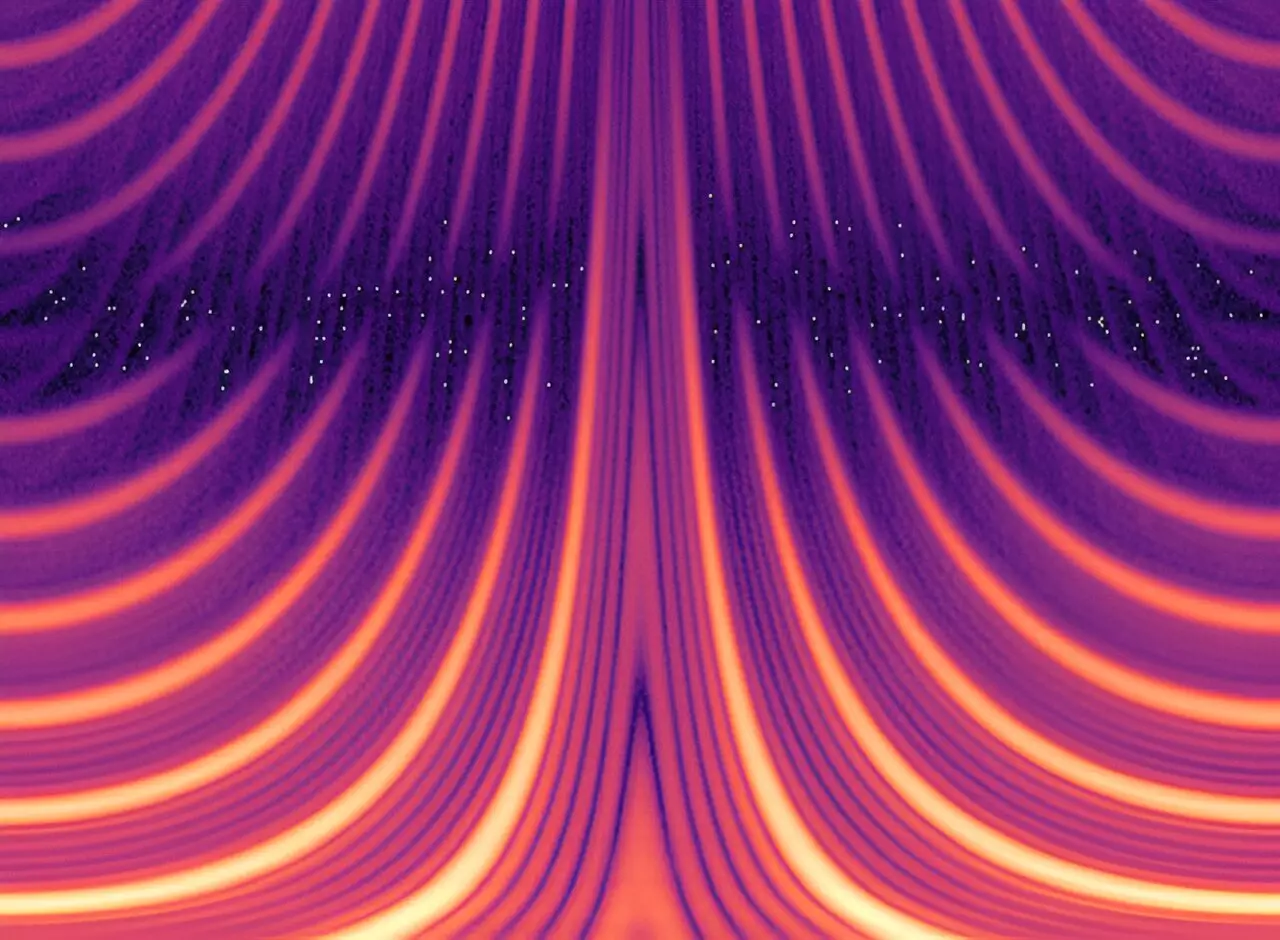As the backbone of both classical and quantum communication technologies, light has long been recognized for its exceptional capability to carry information. With the shift towards more complex applications in quantum networking and quantum computing, understanding how to manipulate light signals has become paramount. The intricacies involved in processing light—especially at quantum levels—pose unique challenges that differ significantly from traditional electronic signals. Recently, a remarkable achievement has emerged from a collaborative effort by an international team of researchers, including Dr. Olga Kocharovskaya from Texas A&M University’s Department of Physics and Astronomy. Their groundbreaking work presents a novel method of storing and retrieving X-ray pulses at a single-photon level, a concept previously explored by Kocharovskaya’s group in theoretical frameworks.
The innovative research, spearheaded by Professor Dr. Ralf Röhlberger from Helmholtz Institute Jena, utilized high-energy synchrotron sources—PETRA III at the German Electron Synchrotron (DESY) and the European Synchrotron Radiation Facility in France. This effort resulted in the pioneering realization of quantum memory within the hard X-ray spectrum, a substantial advancement that opens the door for future developments in X-ray quantum technologies. The team’s findings, which have been meticulously documented in the journal *Science Advances*, signify a major leap forward in the quantum optics landscape.
In detailing the implications of quantum memory for quantum networks, Kocharovskaya emphasized that effective storage and retrieval mechanisms are vital. Traditional approaches allow photons—known for their speedy and robust nature as carriers of quantum information—to remain stationary, an essential factor for delayed retrieval. One promising method she proposed utilizes a quasi-stationary medium to “imprint” information, storing it as a polarization or spin wave with an extended coherence time before releasing it back as the original photons.
While several quantum memory protocols have been established, the limitations of conventional approaches—primarily focused on optical photons and atomic ensembles—became apparent during this research. Kocharovskaya pointed out that employing nuclear ensembles instead of atomic ones can lead to significantly longer memory times, even at high solid-state densities and ambient temperatures. This is due to the inherent resilience of nuclear transitions against external perturbations, attributed to the smaller size of nuclear structures.
Dr. Xiwen Zhang, a postdoctoral researcher in Kocharovskaya’s team, highlighted the complexities of transitioning from optical to X-ray protocols. Existing techniques faced considerable hurdles; thus, the team proposed an innovative new protocol grounded in quantum fundamentals. By leveraging the principles of Doppler frequency shifts, they created a frequency comb in the absorption spectrum with a unique set of moving nuclear absorbers. When matched with a short pulse of a compatible spectrum, the system could effectively re-emit this pulse after a timed delay, facilitated by constructive interference across various spectral components.
Significance of Nuclear Frequency Comb Protocol
The moving absorbers synthesized a seven-teeth frequency comb—a critical advancement in the realm of quantum memory. One of the intriguing aspects of their findings is how the lifetime of nuclear coherence limits maximum storage time. The current study utilized the iron 57 isotope; however, future research aims at even longer-lived isomers to enhance memory capacity. The dramatic revelation that this nuclear frequency comb protocol can operate effectively at single-photon levels elevates its significance, marking an unprecedented achievement in storing quantum information at X-ray energies.
Moving forward, the research team’s ambition includes the on-demand release of stored photon wave packets, paving the way for entangled states between various hard X-ray photons—a crucial component of quantum information processing. The key takeaway from their research indicates a compelling potential for advancing optical quantum technologies into the realm of short-wavelength operations, where reduced noise levels may provide additional advantages.
Kocharovskaya and her team’s exploration of a tunable, robust quantum memory system speaks volumes about the future of quantum optics. With ongoing investigations into this novel approach at X-ray energies, they anticipate substantial advancements in the field that will redefine how we handle and process quantum information.
The research not only positions itself as a cornerstone for future studies but also ignites curiosity about the vast possibilities that lie within quantum communications. As new findings continue to surface, the innovative spirit of science remains unrelenting, hinting at a future where light, in its myriad forms, may unveil even more extraordinary capabilities in the realm of quantum technologies.


Leave a Reply